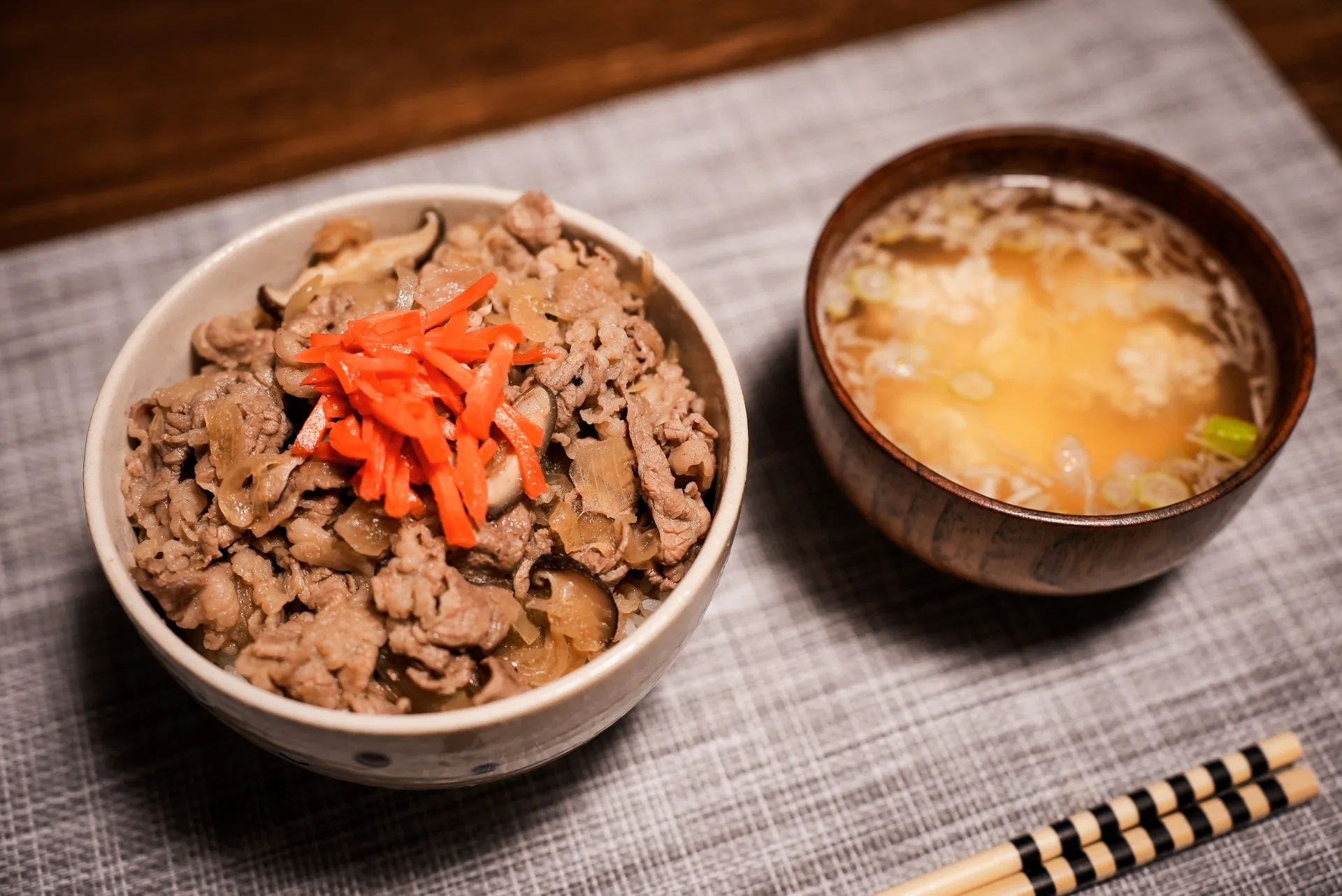Konnichiwa! Donburi, often referred to simply as “don,” holds a special place in Japanese cuisine, captivating taste buds with its delectable combination of rice and flavorful toppings. Let’s dive into the essence of what makes donburi a culinary icon, answering “what is donburi?” and uncovering its origins, variations, and enduring popularity.
Affiliate Disclaimer: I only recommend products I would use myself and all opinions expressed here are our own. This post may contain affiliate links that at no additional cost to you, I may earn a small commission. As an Amazon Associate I earn from qualifying purchases.

Planning a trip to Japan?
Understanding Donburi: A Culinary Journey
What exactly is donburi, and why does it hold such widespread appeal? At its core, donburi is a traditional Japanese dish featuring a bowl of steamed rice topped with a variety of ingredients, creating a harmonious blend of flavors and textures in every bite. While the term “donburi” originally referred to the bowl in which the dish is served, it has come to represent the entire meal, showcasing the artistry and creativity of Japanese cuisine.
The term “donburi” itself is believed to have originated from the word “don,” which refers to the large ceramic bowls used to serve rice, and “buri” or “fukura,” meaning to cover or pile on top. Thus, donburi literally translates to “bowl-covered,” reflecting the presentation style of the dish.
Origin of Donburi
The origin of donburi can be traced back to Japan’s Edo period (1603-1868), a time marked by significant cultural and culinary developments. Donburi’s humble beginnings can be attributed to the emergence of “humble cuisine” or “chamono ryori,” which prioritized simplicity, affordability, and efficiency in cooking.
Originally, donburi was a frugal dish made with leftover ingredients such as fish, vegetables, and meat, which were simmered together in a savory broth and served over a bed of steamed rice. This economical approach not only minimized food waste but also maximized flavor and sustenance, making donburi a popular choice among the working class.
Over time, donburi evolved to incorporate a wider range of ingredients and flavors, reflecting regional preferences and culinary innovations. From the hearty beef bowls of Tokyo’s bustling streets to the fresh seafood bowls of coastal regions, donburi became a culinary canvas for chefs to showcase their creativity and expertise.
Types of Donburi – Exploring Donburi Varieties
Donburi’s versatility knows no bounds, offering a plethora of options to suit every palate and preference. Let’s take a closer look at some popular donburi varieties and their mouthwatering ingredients:
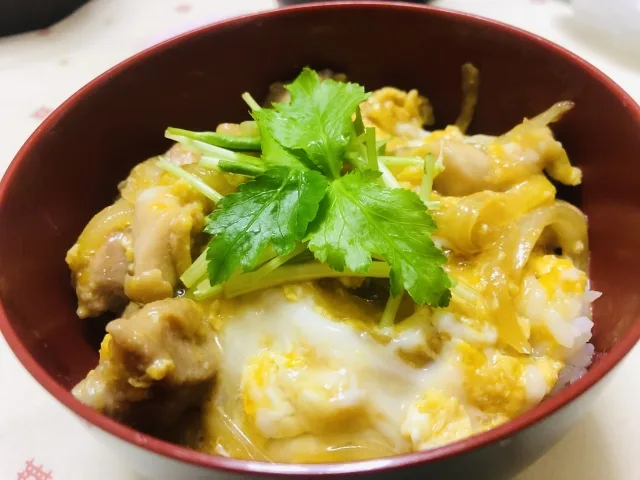
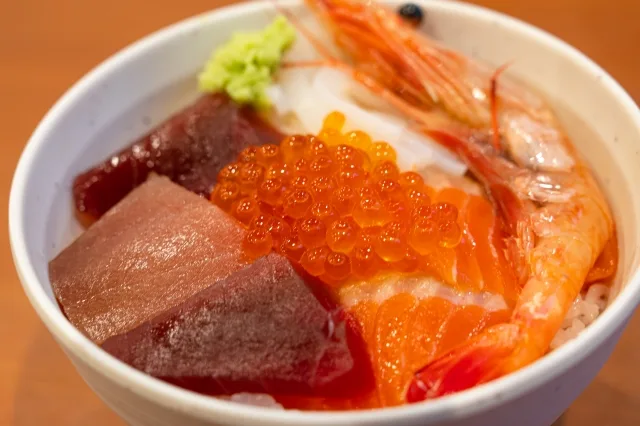
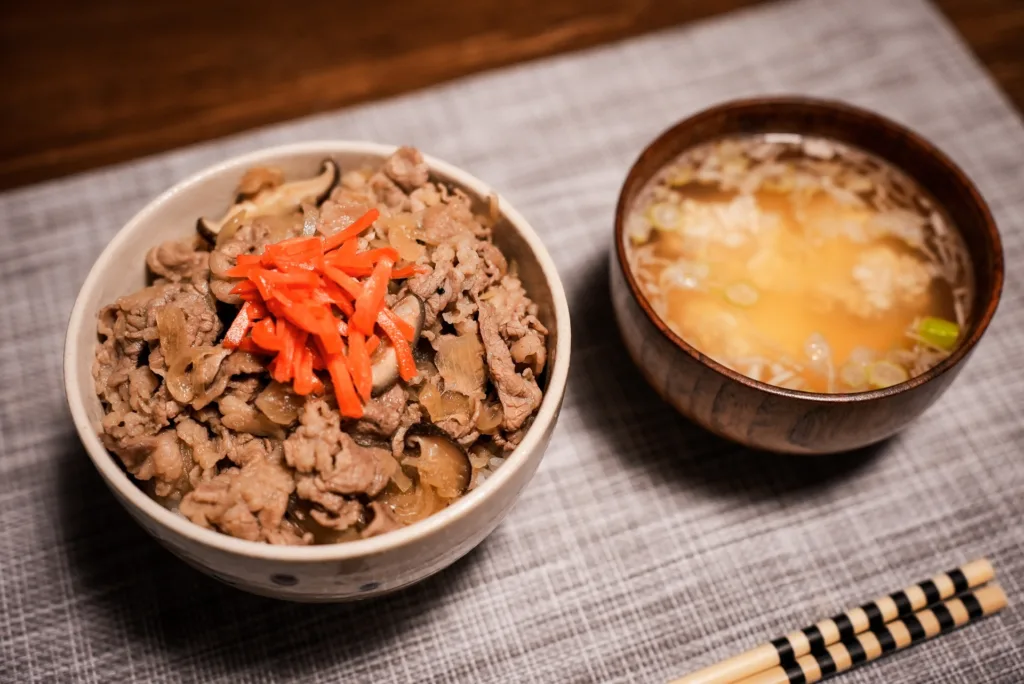
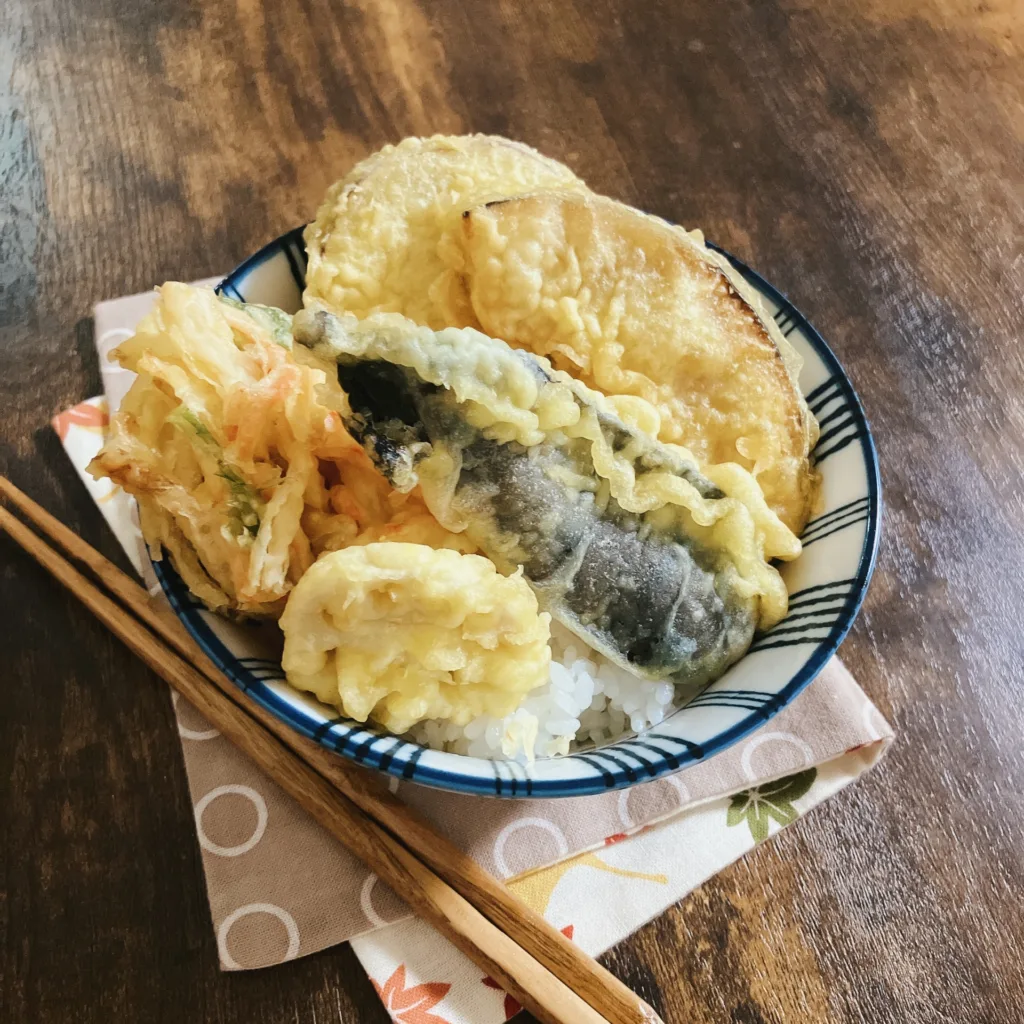

The Allure of Donburi: Convenience Meets Flavor
One of the key attractions of donburi lies in its convenience and accessibility. Whether enjoyed at a bustling street vendor or a cozy family-run restaurant, donburi offers a satisfying meal that’s both quick and affordable. Its generous portions and flavorful toppings make it a popular choice for lunchtime cravings or casual dining outings.

Tips for Making the Perfect Donburi at Home
While dining out at Japanese eateries is a delightful experience, recreating the magic of donburi at home is equally rewarding. Here are some tips for crafting your own delicious rice bowl:
Wrapping up Donburi
In conclusion, donburi embodies the essence of Japanese cuisine, offering a delicious fusion of flavors, textures, and culinary traditions. Whether you’re savoring a classic gyudon or indulging in a seafood extravaganza with kaisendon, each bowl of donburi tells a story of culinary craftsmanship and cultural heritage. So the next time you’re craving a taste of Japan, immerse yourself in the irresistible allure of donburi and experience the magic for yourself.

